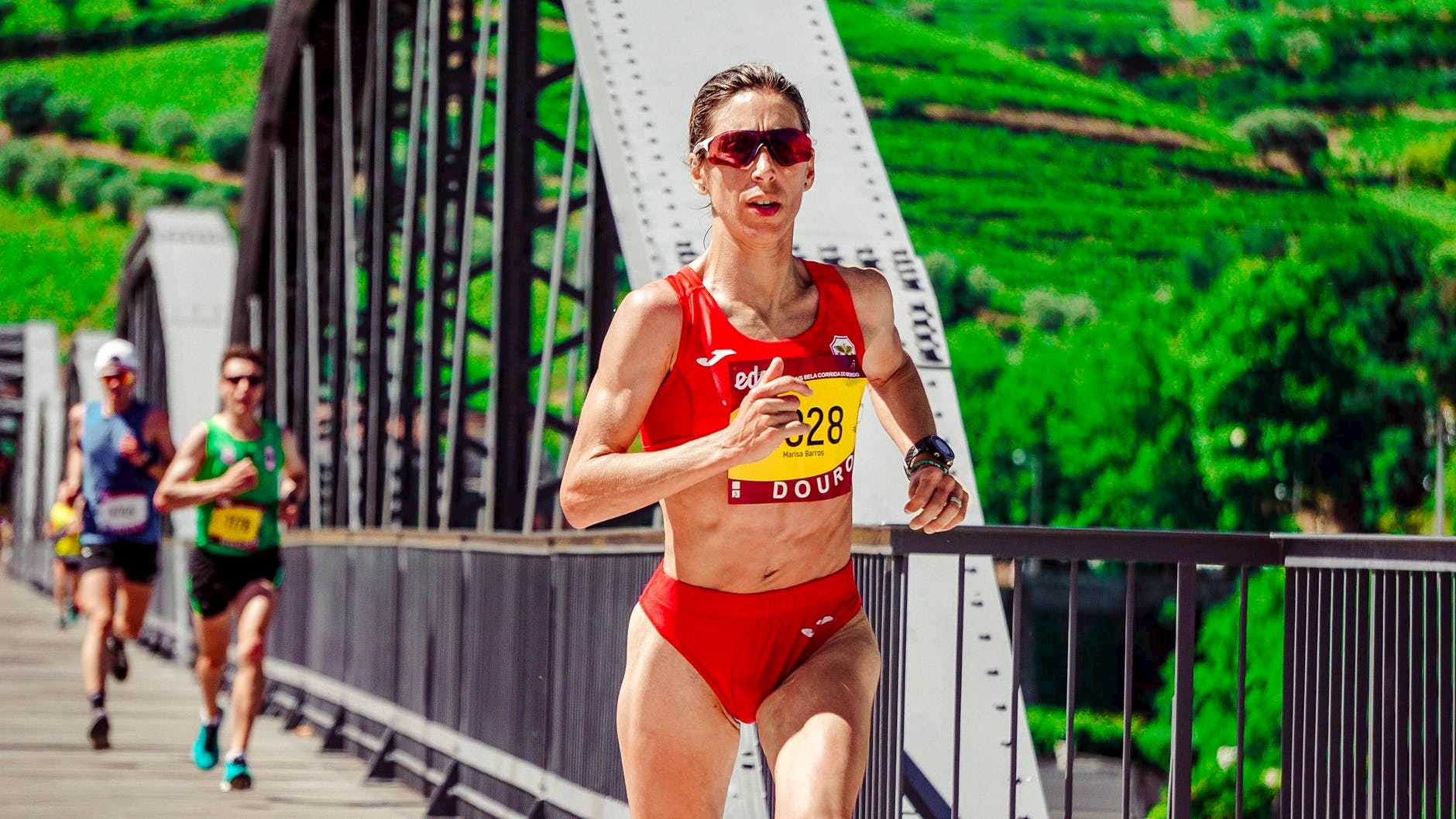Running and training with power meter

Runners who are seriously committed to training and racing are always looking for new ways to improve their performance whether it is better running gear or a different training methodology approach. When it comes to collecting training data, running devices companies are massively investing in innovative technology to offer more tools so that runners can analyse their workouts more accurately.
If you are a data freak, you have probably heard about running power meters. If not, we will introduce you to your new best running partner and show how it can help you to optimize your workouts and racing results.
Understanding running power
Power can be defined as the rate at which work is done or the amount of work performed over a unit of time. Mathematically, it is illustrated by the equation:
P = Work / time
or
P= W (watts) / t
When it comes to running, power can be understood as how much force and speed a runner is applying at a given time. It means that you can objectively quantify how much work you are doing when you are running by getting a power number in watts. As an example, if you are running uphill, your pace will probably slow down, however, your power may not decrease. Running with a power meter will show you how hard you are working on that uphill, regardless of your pace.
Power measurement provides more accurate data regarding running relative effort, rather than relying solely on heart rate and speed, and can help you analyse how hard you are truly working when aiming for your fullest potential.
Running with power
The use of power meters to train and race has been widely used in cycling for over a decade. Cycling power meters measure the external mechanical force using a sensor on the pedal or any other bike component. They measure how much work is transferred from your body to the bike and, more precisely, the magnitude and direction of the applied force. The force is multiplied by the angular velocity to determine a power number. Cycling power meters help to measure fitness by telling how much power you are putting out, regardless of temperature, wind and bike type.
However, cycling power meters were designed to measure the force applied to the bike to move it forward which means that they cannot measure any extra expenditures of energy that you might be wasting through unnecessary body movements or wrong body position on the bike. Those devices can only tell how much power is being transferred from your legs to the drivetrain.
Power meters for running use sensors on the body like the chest or core or in the shoe insole to estimate the forces and speed through algorithms. The way they measure power varies depending on the type of the device you are using. They are more complex than cycling power meters because they analyse two or three planes of motion instead of just one as in cycling. The two dimensional (2D) power meters measure two planes, vertical and horizontal and three dimensional (3D) measure all three planes.
We cannot accurately compare cycling and running power meters in regards to power values because they use different methodology to measure it. Nevertheless, both devices share similarities in terms of measuring muscle power changes during the activity.
For runners, the use of accelerometers combined with sophisticated software in running power meters could provide more accurate data to positively impact their training and racing performance.
Here are some of the benefits of running with power meter:
It can help you to understand better about your running form and technique and how they are directly correlated to your running economy and energy expenditure. In other words, a power meter shows you how much power you are using and how efficiently you are running.
Measuring the exact effort of your workouts through power meter gives you more precise metrics than pace and heart rate and help you adjust workout intensities based on reliable information about your fitness level. When training with power it is easier to achieve your specific training objectives, especially those related to high intensity. Using a heart rate monitor in such situations can give mixed results due to the delayed response of heart rate, which does not respond rapidly to the same stimulus as power. The increase from initial heart rate to target heart rate can take several minutes. Moreover, heart rate can be affected by a wide range of external factors such as temperature, hydration level, how much you have slept, to name a few.
Changes on weather conditions and types of terrain will certainly directly affect your pace. Whether it is windy, you are running uphill or flat, power data helps you to maintain a constant effort. You learn to maintain an optimal pace in training and race based on your power output at a given moment. It is crucial especially during steady-state workouts and long distance races like marathons and ultramarathons where you have to calculate energy expenditure very well so you do not hit the wall before crossing the finish line.
Using a power meter can help you to track your fitness progression by targeting specific training zones. You have more realistic access to your training load and it allows you to accurately measure the amount of stress you put in your body during your workouts. It is not useful just to plan your intervals, tempo or speed sessions, but also for your active recovery workouts, avoiding overtraining.
In conclusion, using a running power meter could be a good choice if you are keen on improving your running performance and want to use data analysis to build a consistent training strategy. You can get a great amount of information about your running leading you to substantial and effective gains.











